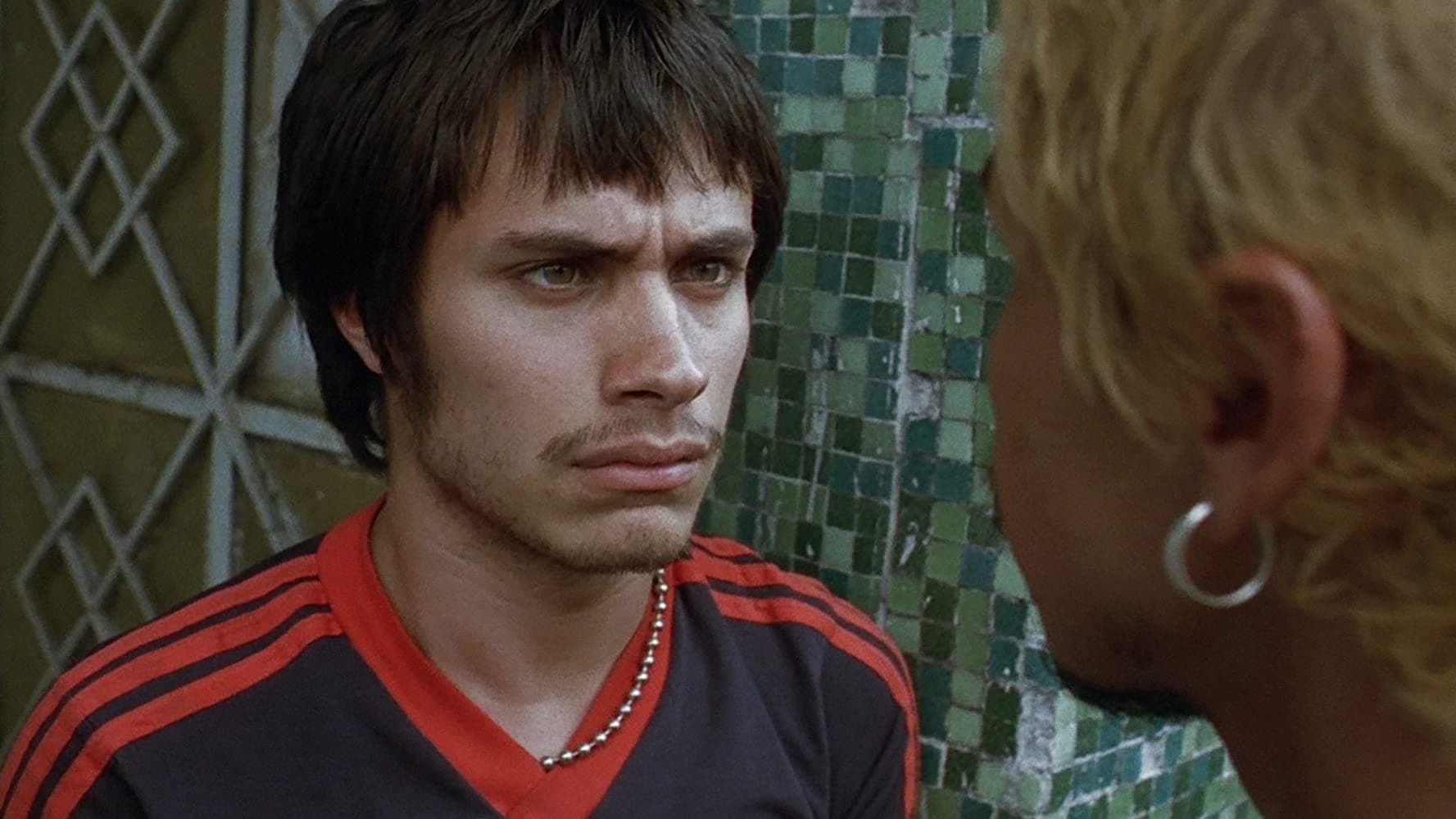

Over the course of his long academic career, he published more than 20 nonfiction books, and would go on to hold official and honorary positions at several prestigious universities in Europe and the United States.

Eco eventually dedicated himself to semiotics, the study of meaning-making, sign processes and meaningful communication through which cultures are interpreted through words, religious icons, banners, clothing, musical scores, even cartoons. He also worked for Italian broadcaster Rai during this period. The Abbot fears either murder or witchcraft and asks William of Baskerville to investigate. As monks from all over Europe gather to resolve the Dower struggle between the Pope and the Holy Roman Emperor, a young monk is found dead. Eco had been battling cancer for some time, though the cause of death has not been made public.īorn in Alessandria, Piedmont, Italy in 1932, he studied medieval philosophy and literature at the University of Turin, and lectured there from 1956–1964. Umberto Eco's enigmatic murder mystery chart: seven fateful days in the life of a medieval abbey in Italy. Author, philosopher and semiotician Umberto Eco, the Italian novelist best known for his debut novel, the 1980 historical mystery The Name of the Rose adapted for the 1986 film starring Sean Connery and Christian Slater, died today in his home in Italy.


 0 kommentar(er)
0 kommentar(er)
